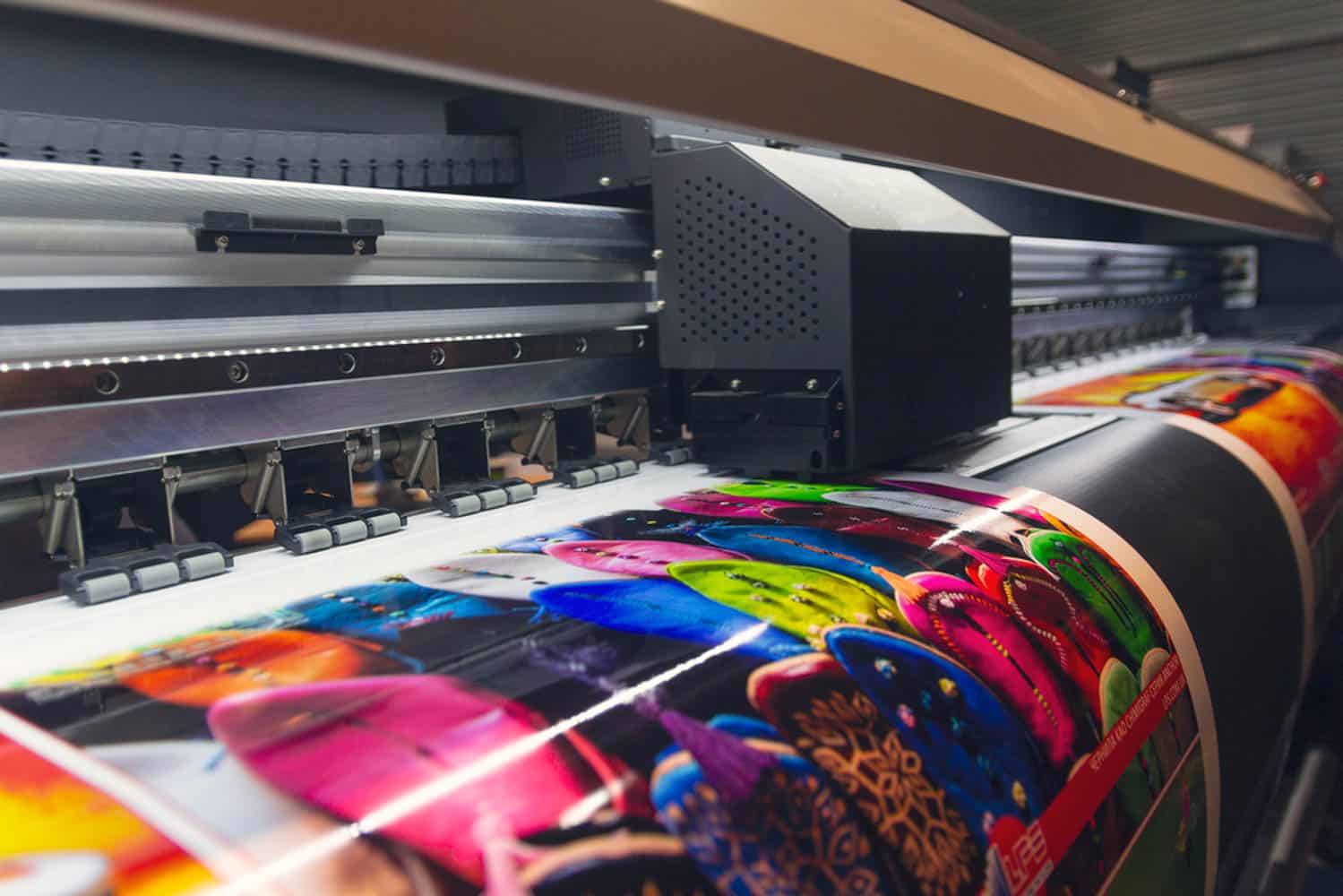These case studies show the real potential of print on demand businesses.
These case studies show the real potential of print on demand businesses.
Blog Article
Comprehending Exactly How Digital Printing Changes the Printing Industry
The printing sector, long soaked in typical methods, is going through a radical change with the introduction of digital printing. With its prospective to spur engagement through customized material and to use lasting services, it's clear that digital printing is more than a technological breakthrough; it's a pivotal game changer.
The Development of Digital Printing: A Brief Summary
Because its inception, electronic printing has actually gone through considerable changes, continuously transforming the printing market. Its development started with the development of xerography in the mid-20th century, a procedure which prepared for laser printers. With the arrival of the 90s, electronic printing innovation began to mature, and the sector experienced the introduction of straight imaging presses, which got rid of the need for publishing plates. As the new millennium unravelled, improvements in innovation further stimulated the growth of electronic printing, resulting in the production of high-speed inkjet printers. These gadgets used exceptional top quality and speed, for life altering the landscape of the sector. Today, digital printing stands as a testimony to human development, constantly evolving to satisfy the ever-changing needs of the contemporary globe.

Unloading the Technology Behind Digital Printing
Delving into the details of digital printing modern technology, one experiences a rich tapestry of advanced equipment and complex formulas. At the heart of this process lies an electronic photo, which is processed by software program that divides it into a grid of dots. This intricate system, strengthened by sophisticated software program and high-resolution imaging, has actually changed the landscape of the printing market, paving view it now the way for unprecedented levels of detail and accuracy.

The Advantages of Digital Printing for Businesses
Understanding the technology behind electronic printing provides a clear picture of its accuracy and detail. Electronic printing is eco friendly, utilizing less ink and generating much less waste. The complete possibility of electronic printing is realized when used for modification and customization, a subject that will be covered in deepness in the next section.
The Function of Digital Printing in Customization and Personalization
While traditional printing approaches struggle with modification and personalization, electronic printing excels in these areas. It allows for the simple alteration of layouts, without the demand for costly and time-consuming plate changes (print on demand). This makes it possible for businesses to tailor items to private customers, meeting certain needs and enhancing consumer contentment
Digital printing additionally permits for variable data printing, where components such as message, graphics, and pictures may be transformed from one printed piece to the following, without slowing down the printing procedure. This is specifically valuable for direct advertising campaigns, where individualized messaging can considerably improve reaction rates. By doing this, digital printing not only reinvents the printing market but additionally transforms the method businesses connect with their consumers.
Analysing the Ecological Influence of Digital Printing
Although electronic printing has been lauded for its role in customization and customization, it is essential to examine its ecological impact. Digital printing can be less wasteful than conventional approaches, since see page it my latest blog post operates a 'print on need' basis, eliminating the requirement for big print runs that can cause excess and waste. Furthermore, it makes use of fewer chemicals and creates much less unstable organic substances (VOCs) compared to balance out printing. The power usage of digital printers can be high, leading to raised carbon footprint. Furthermore, the use of non-recyclable printing components and the difficulty of e-waste administration position substantial environmental concerns. While electronic printing has numerous advantages, its environmental effect should be conscientiously handled.
Conclusion
In verdict, electronic printing has actually transformed the printing sector, providing rapid, affordable, and high-quality services - print on demand. Understanding these modifications is essential for businesses to leverage the advantages of electronic printing efficiently.
Report this page